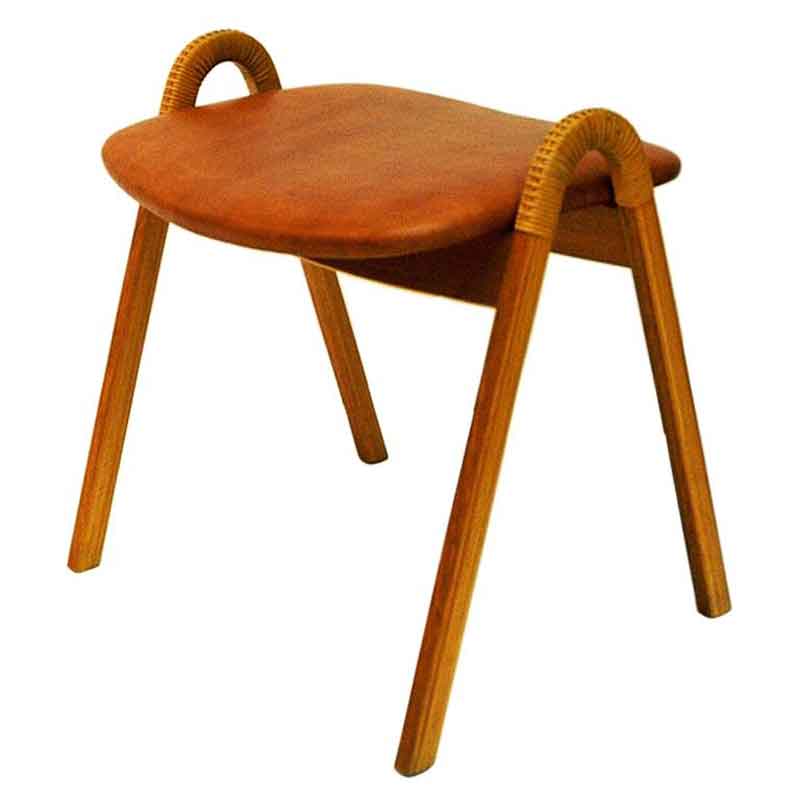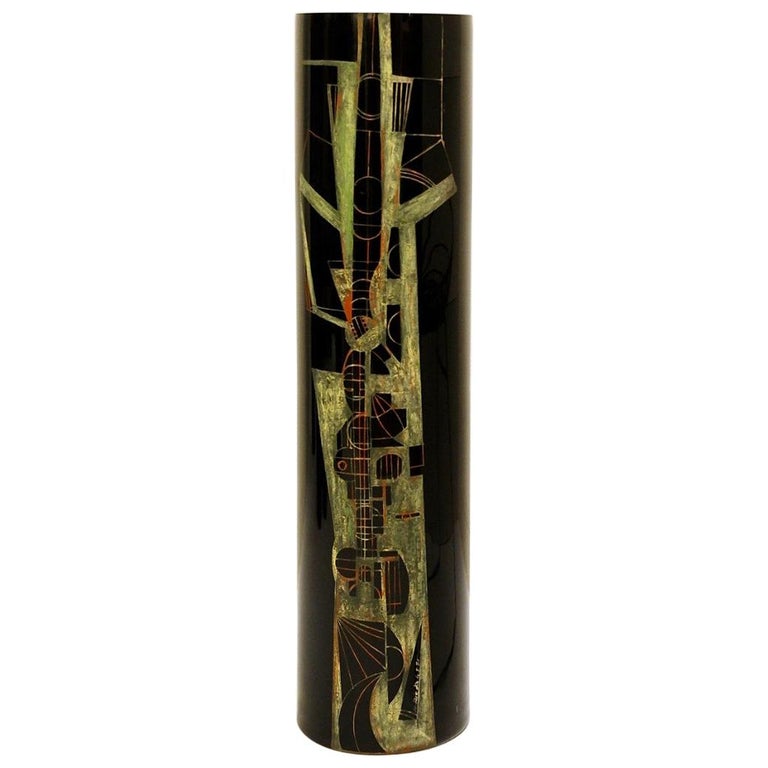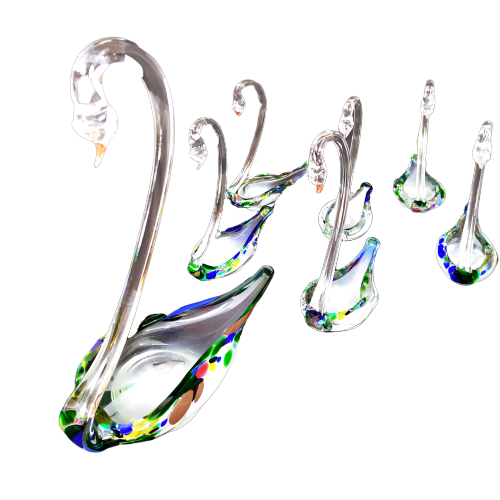And I thought blocking the sink drains was the only worry!
?!?
This story is kind of baffling.
My first search of "plaster casting" instructs the reader to create a cast by immersing a hand or foot into wet plaster and allow it to set.
Is US plaster different than UK plaster?
http://www.essortment.com/hobbies/plastercasting_sesp.htm
Different
WHC: Your link describes a hand pressed flat on a baking sheet and then covered with a thin layer of plaster which is allowed to set before another thin layer is applied; the UK case involved a hand immersed to the wrist in a bucket of plaster.
In your link's example, much less heat is generated AND there's a lot of surface area to allow that heat to dissipate.
I see your point
but I also came across these instructions (below), using a bucket.
I guess a small bucket wouldn't generate as much heat as a large bucket, though. Depends on the quantity of plaster.
As someone who grew up monkeying around making plaster molds, I'm kinda shocked that such an accident is possible. (I'm lucky to retain my fingers!)
http://www.bnglifecasting.com/diy/hand/index.html
I am very suspicious...
In my lifetime I have made plaster, not a few hundred times but thousands of times. After the water damage to the ceramic workshop we had to throw away about 220 moulds. Every mould is an average of three pieces so say 600 castings. Fortunately that is only 1/3th of the moulds I have in production...and that's only the result of the last years. So, I know about plaster. The heat generated by the crystalization process, even when large block are concerned is never that high. I have cast large mouldparts and I have vnever generated un-confortable heat. But what surprises me most are terms like melting fingers and the worst is probably that nobody seems to have taken a hammer to hit the piece in order to break it up in small pieces. Plaster is extremely breakable and it would take seconds to remove a large block from someone's hand!...I suspect that some other material was involved or the firtile imagination of a Daily Telegraph journalist?
Portland cement, or worst...
Portland cement, or worst expanding cement can generate considerable heat esp. the later. Expanding cement, used to plug holes and cracks, has a rapid curing time similar to the 10 minutes stated in the article. Tile grout and substrate tile cement produce heat while curing. The culprit seems more like the mentioned rather than plaster as stated in the article. Agree..the whole melting part seems sensationalized.
Perfect Mythbuster challenge?
I am with Koen on this one
The amount of heat required to "melt" fingers would be extremely high, in a range that should burst a wooden table into flames. I too have made a few molds in my time, and the plaster never got even remotely near that hot. There is certainly something wrong with this story.
I Don't Know The Science
but The Telegraph is a well-respected newspaper.
The link below is from another well regarded newspaper
http://business.timesonline.co.uk/tol/business/law/article6871396.ece
.
just read the new link, health and safety procedures are a peculiar thing. It seems, in the workplace at least, that they are only adhered to when its conveneint, if a big order comes through it all goes out the window. Thats my experience anyway.
I cringe typing this on this here but 2 plaster of paris threads would be odd. Anyone know anything about the best way to reinforce the plaster (for wall panels and the like) and to paint?
If you need any help, please contact us at – info@designaddict.com









